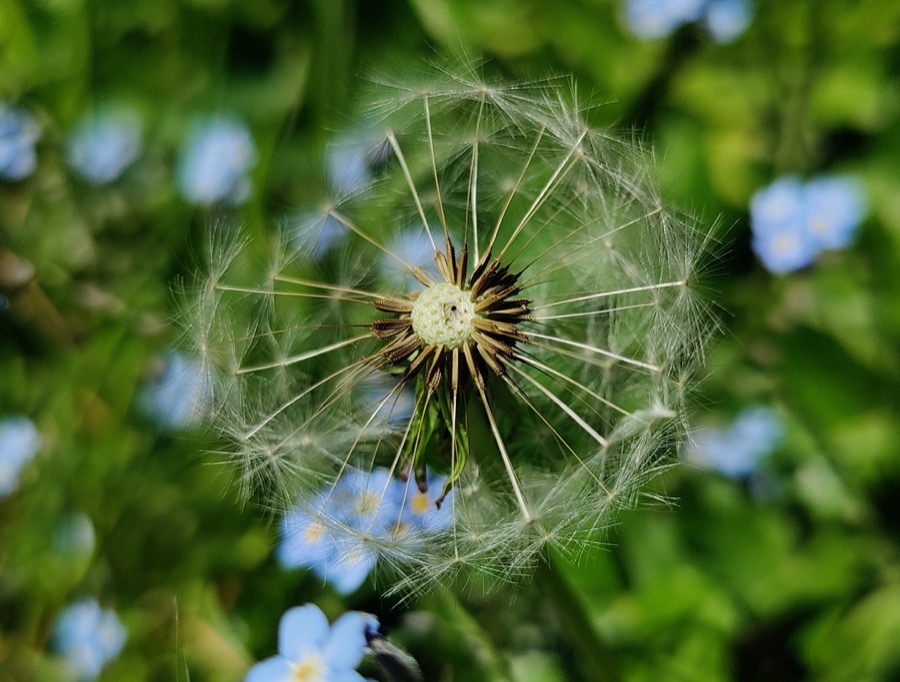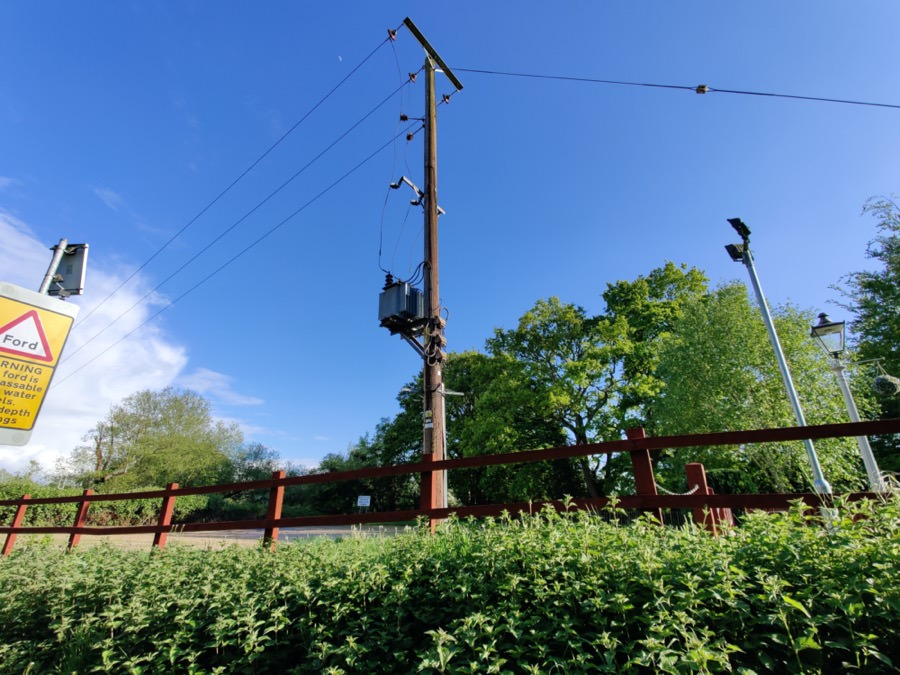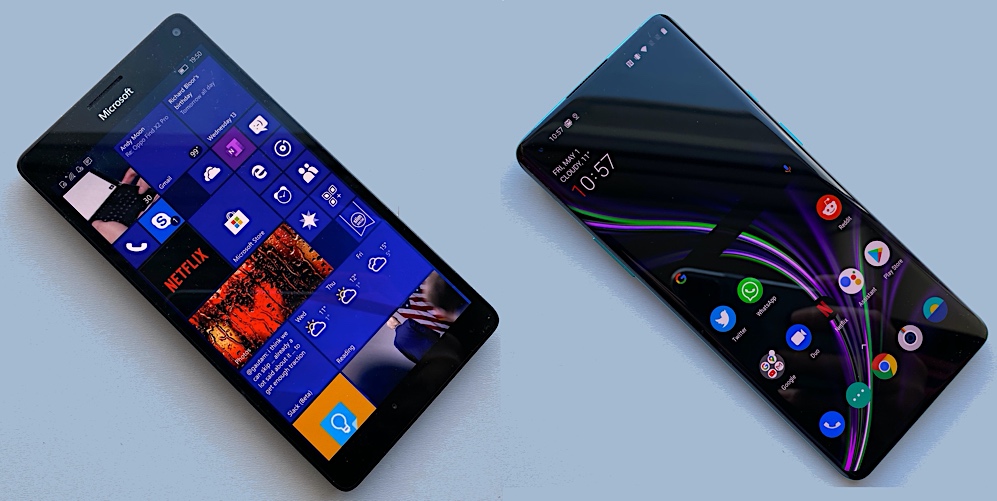
Lumia 950 XL and OnePlus 8 Pro

As usual, just for fun and curiosity, I've shaded in green an obvious 'win' for either device. Any row where a winner would be totally subjective is left uncoloured. Or, where all devices are utterly excellent but in different ways, I've given each a 'green'(!)
[By the way, if you're viewing this feature on a phone then the table may well cause you problems. Try viewing in landscape mode? Failing that, go view this on a laptop or tablet!]
| Microsoft Lumia 950 XL | OnePlus 8 Pro | |
| Date first available | November 2015 | April 2020 |
| Current price, availability | No longer officially for sale, though it's often on clearance prices if you're lucky and at outrageous profiteering prices due to rarity (if you're not!) | From £800, in black, to £900 (in 'glacial green', with higher spec: 12GB RAM/256GB storage) |
| Dimensions, form factor, weight |
152 x 78 x 8mm, plastic chassis and replaceable backs (plastic/leather/wood etc, from Mozo, as modelled here!), 165g, bezels are comparatively small |
165 x 74 x 9mm, 199g, taller and narrower. Heavy, but reassuringly so. Metal frame with glass back. Supplied with a nice clear TPU case. |
| Durability | No specific durability metrics, though the fact that the back comes off will help enormously for water damage, i.e. taking out battery and cards immediately, drying out the internals, even unscrewing the motherboard from the guts of the phone. I'm old-school here! All damage to the back or corners is trivial through replacement of the rear, but the screen's exposed, of course. The plastics used should absorb shock and, anecdotally, I've never bothered putting a case on any Lumia. Just saying. I think that fact is significant. |
IP68 rated for water and dust. Thumbs up. Doesn't actually 'win' here because it's still much more breakable if dropped, though. But then the Lumia's parts aren't always available anymore, so we'll call this one a draw! |
| Operating system, interface | Windows 10 Mobile, (dismissable) virtual controls, as needed, now officially updated to W10 Fall Creators Update (Redstone 3, Autumn 2017) with security to 'January 2020'. |
Android 10, April 2020 security, gesture controls available, or navigation buttons on-screen. Standard Google interface, throughout, with 'Oxygen' skin and embellishments. |
| Display |
5.7" AMOLED (1440p at 16:9 aspect ratio, matching most video media), Gorilla Glass 4, ClearBlack Display polarisers help with outdoor contrast, excellent viewing angles. Screen area is approximately 88 cm2 Glance screen available (in various colours) for always-on time, day and notification icons, plus some detailed info from a specified app, give the Lumia the win here. |
6.8" 1440p AMOLED, 19.8:9 ratio, Gorilla glass 5, screen area is roughly 111cm2 Also excellent and pretty good outdoors in the sun. No Always on display for time, date and notifications, sadly, though apparently this might turn up in a future update. Still, until this perhaps arrives, the older Lumia has to win. |
| Connectivity |
LTE, NFC (all uses), Wi-Fi b/g/n/ac, integral wifi tethering, Bluetooth 4.2 (all uses). Continuum connectivity to use a wide range of first and third party UWP apps on external displays as secondary screen, independent of the phone display. Includes the new NexDock 2, transforming the Lumia into a Windows 10 S laptop, effectively. |
LTE, NFC (all uses), Wi-Fi b/g/n/ac/ax, integral wifi tethering, Bluetooth 5.1 (all uses). |
| Processor, performance | Snapdragon 810 chipset, 3GB RAM, faster than it's ever been now on the Fall Creators Update though still slower for almost everything than on the Android phone. Multi tasking and app resumption is excellent though, at least with all the modern UWP apps |
Snapdragon 865, 8GB RAM (12GB on upgraded version), lightning fast at everything |
| Capacity | 32GB internal storage, expandable via (cheap) microSD to extra 256GB | 128GB (or 256GB on upgraded version), no expansion. Hard to pick a winner here. No microSD is a black mark, but then again surely even 128GB is enough for almost everyone in 2020? |
| Imaging (stills) |
20MP PureView f/1.9 1/2.4" BSI sensor, Phase Detection auto-focus, dedicated camera shutter button and launch key, 1.5x lossless digital zoom (in 8MP oversampled mode, and lossy digital after that), OIS. 'Rich Capture' produces customisable HDR shots and 'dynamic flash', with triple LED illumination. Outstanding shots in most light conditions, with just focussing issues in low light as an Achilles heel. |
Main camera: 48 MP, f/1.8, 1/1.43", omnidirectional PDAF, Laser AF, OIS Super results all round. Not quite matching the 950 in places but more versatile in other ways, with the triple camera system. And OnePlus has been quite restrained in terms of processing. See some imaging thoughts below. A joint win here since both camera systems are bloomin' terrific. |
| Imaging (front/selfie) |
5MP front camera | 16 MP, f/2.5 |
| Imaging (video) | Up to 4K, optically (and optionally digitally) stabilised, with 'Best photo' 8MP grabbing built-in, plus Rich Recording and HAAC microphones for high quality, gig-level stereo capture. | Up to 4K video capture, with EIS, high quality stereo audio capture. |
| Music and Multimedia (speakers) |
A tinny mono speaker by modern standards, though as ever you can trade volume for fidelity in a simple tweak on Lumias. | Decent stereo speakers. Not quite up with the best in the phone world, but still easily good enough for most people and worlds better than the 950 XL's tiny (and tinny) monstrosity! |
| Music (headphones) |
3.5mm headphone jack, A2DP+AptX, so great wired and wireless headphone audio too. | No 3.5mm headphone jack, so reliant on Type C dongles (analog or digital will work here) and/or Bluetooth audio. |
| Navigation |
Windows 10 Maps is now pretty mature and impressive, especially once you've learned the live traffic routine trick! Offline maps save a lot of data bandwidth for those on tight contracts or anyone in a low signal (data) area. But it's all looking a little neglected in 2020 compared to the bells and whistles in Google Maps. |
Google Maps is now the gold standard in phone navigation, tied in with many other Google services and offering true real time navigation around traffic issues, even at local level, along with offline maps that auto-update. |
| Cortana/Voice | Cortana was in theory now mature and well integrated, though functionality has been falling away and most attempts to rouse her end in failure in 2020. | Google Assistant is baked in and works well, far superior to the dying Cortana in 2020, due to the investment that Google has put in over the last few years. |
| Battery, life | Removable 3000mAh battery, and the ability to change cells are a positive here (and you CAN still buy decent spare batteries), plus USB Type C Power Delivery (up to 3A, so 15W) and 1A Qi wireless charging built-in also helps. However, a Lumia running Windows 10 Mobile will now discharge in 24 hours even if you don't use it much. |
Sealed 4200mAh battery, gets easily through a day, though depends on the use case for the phone. Type C port supports proprietary fast charging, plus Qi wireless (up to 30W, and reverse wireless, up to 3W) charging. So faster charging all round, but no way to swap the battery. I'm calling this one a draw! |
| Cloud aids | Windows Photos syncs at full resolution and quality across all signed-in devices, subject to your OneDrive tariff (stingy, unless you have Office 365), should you have thousands of images in the system. Plus Windows 10 backs all your media, application data and settings to a separate backup folder system, tariff-free on OneDrive, for easy restoration on a new or factory reset phone. | Google Photos does a great job of organising photos and syncing them across all signed-in phones and tablets, albeit at 'reduced' quality (re-compression server-side). |
| File compatibility | As with all Windows phones, plugging into a Windows PC gives full drag and drop to the phone's user file system. Plugging into a Mac is more problematic, though seems to work under Catalina. | Plugging into any PC gives immediate MTP file access, plus this works on a Mac on all OS versions, with Google's Android File Transfer utility, for drag and drop of all user files. Seamless and lightning fast. |
| Biometrics | Iris recognition ('Windows Hello') works well unless you wear varifocals(!), but takes a couple of seconds (including an animation!) in real world use. There's also no official way of paying in shops using this. |
An in-screen fingerprint sensor is optical and is very fiddly to set-up. However, once registered, it's foolproof and reliable. Works to authenticate transactions too, as you'd expect, with Google Pay or in the Play Store. |
| Applications and ecosystem | Windows 10 Mobile had most (though not all) mainstream apps and services covered, though some are dropping away now - see my guide! Often third party clients are involved, mind you, there are companies who hate Microsoft so much that they simply refuse to write for Windows, it seems. And 'long tail' niche/boutique apps are hard to find for real world companies and shops. |
The might of Google and Android's app ecosystem - everything is available and almost always in first party form. |
| Upgrades and future | Windows 10 Mobile is now effectively out of support. From now on, it will be useable but with more and more service caveats applying. Still, 'end 2019' was a full four years since the Lumia 950 XL was launched, so it's hard to complain. | OnePlus has been pretty good at updates for existing models, so you're good on security and upgrades for at least a couple of years, up to the end of 2022, perhaps. |
Imaging musings
Although circumstances weren't such that I could do my usual back to back testing between these two smartphones, I did take quite a number of test photos with the OnePlus 8 Pro, which I'm putting up here for download, for your own perusal. Click a photo to grab the original JPG, or see below each one for a 1:1 crop and comments:

Very pleasing detail without too much Samsung-style over-sharpening....
An example wide angle shot - with the usual slanting verticals from a semi-fish eye lens - I didn't spot an 'auto fix' function, but these slants are often part of the charm of wide angle shots, so...
Example 3x telephoto zoom of the same scene - just look at the detail!
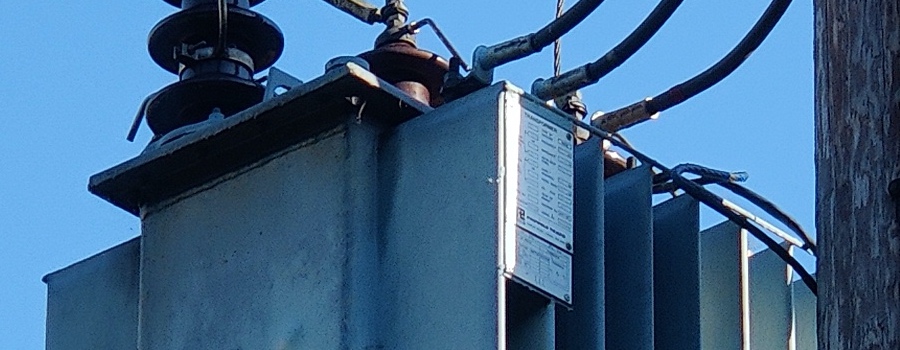
And a 1:1 crop of the telephoto shot - look at the fine print on the label. This would have been a blur on many other zoom shots from other Android phone cameras.
A photo in a dim and shady corner - yet it has come out rather superbly, in terms of exposure and detail...
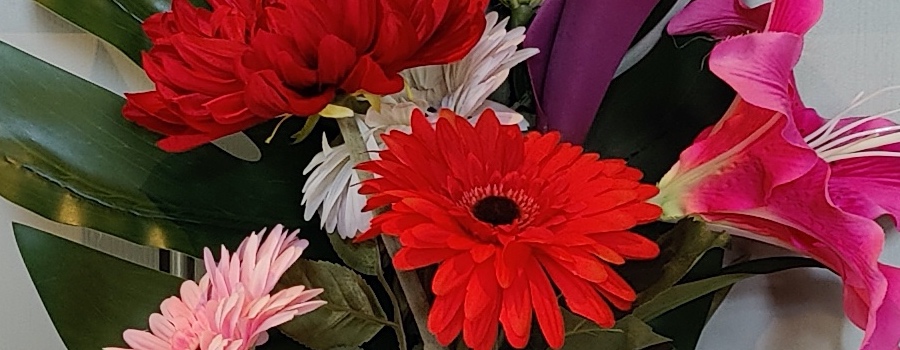
And a 1:1 crop from the photo above - just a very natural handling of detail and colour. I approve!!
Dusk in suburbia, an hour after sunset and really quite dark...

The 1:1 crop shows crisp details, the OIS is doing a grand job, while the balance of noise reduction and sharpening is just about perfect. Moreover, the scene isn't turned 'hyper-real', as on the iPhone 11 Pro. Though I haven't got an exact Lumia 950 comparison here, I'd class the OnePlus 8 Pro shot as 'Lumia-like, but with extra detail'.
Verdict
Adding up the green 'wins' (for fun?!) gives a 10-5 win to the much newer device, which is about as expected, though the Lumia 950 XL and OnePlus 8 Pro do have enough similarities and equalities to make the latter a good replacement if you want to 'go Android'.
Your comments welcome.

